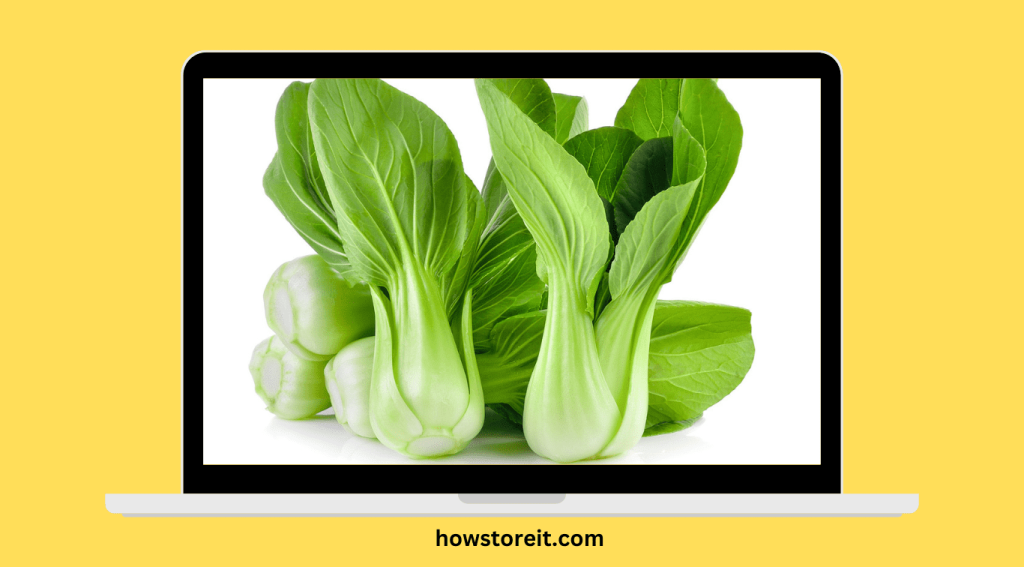
Bok choy, also known as Chinese cabbage, is a leafy green vegetable that has its origins in China. It is a popular ingredient in Asian cuisine. Bok choy is a nutrient-dense food that is rich in vitamins A, C, and K, as well as minerals such as calcium and iron. If you want to enjoy the nutritional benefits of bok choy, it’s important to know How to Store Fresh Bok Choy properly to extend its shelf life and maintain its texture and flavor.
In this article, we’ll discuss how to store fresh bok choy to keep it fresh and delicious.
Factors That Affect the Shelf Life of Bok Choy
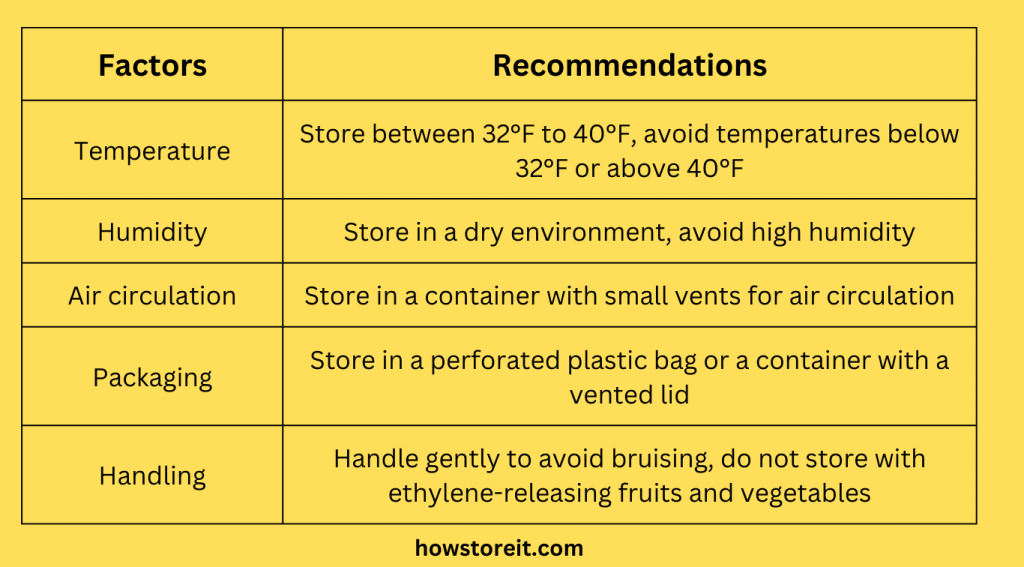
Several factors can affect the freshness and shelf life of bok choy. Temperature, humidity, and air circulation are among the most significant factor. Exposure to extreme temperatures, high humidity, or lack of air circulation can cause bok choy, a delicate vegetable, to wilt and spoil quickly.
Temperature: Bok choy should be stored at a cool temperature, ideally between 32°F and 40°F. If Temperatures above 40°F will cause bok choy to wilt and spoil quickly. If exposed to temperatures below 32°F, the bok choy may freeze, causing damage to the vegetable.
Humidity: Bok choy needs to be stored in a dry environment. High humidity can lead to the growth of mold and bacteria, which can cause the vegetable to spoil quickly. Low humidity can result in the bok choy leaves drying out and becoming less crisp.
Air circulation: Bok choy needs to be stored in a container or bag that allows for air circulation. If Storing it in a sealed container without air holes will cause it to wilt and spoil quickly. Air circulation helps to regulate the temperature and humidity around the vegetable, which helps to maintain its freshness.
Packaging: Bok choy should be stored in a perforated plastic bag or a container with a lid that has small vents to allow for air circulation. This will help to maintain the ideal humidity level and prevent wilting and drying out.
Handling: Bok choy should be handled gently to avoid bruising and damage. Other fruits and vegetables that release ethylene gas should not be stored together with bok choy to avoid quicker spoilage caused by the gas.
How to Store Fresh Bok Choy
To store bok choy properly, follow these simple steps:
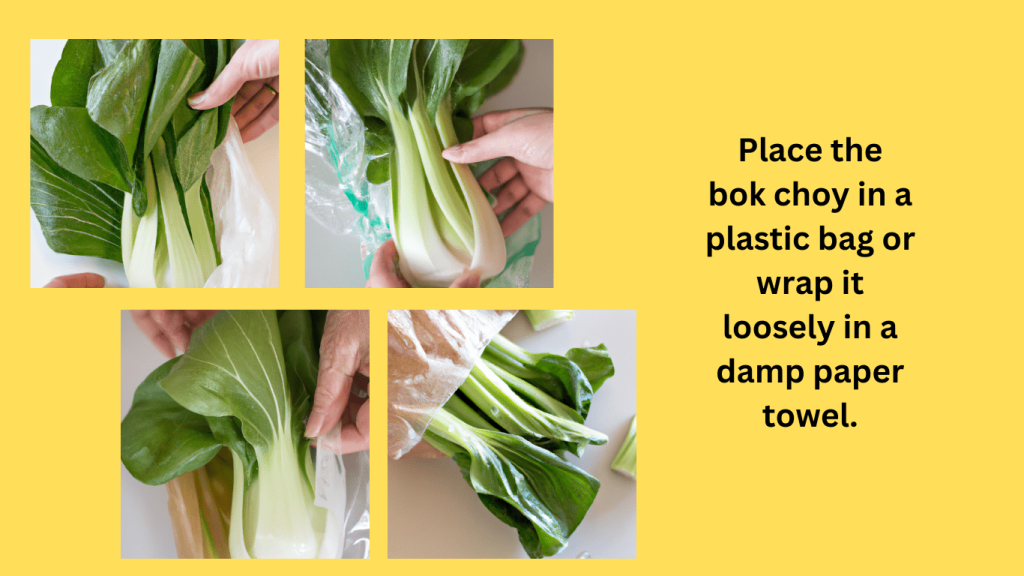
1. Avoid washing or cutting bok choy before storing it (as doing so can lead to quick spoilage of the vegetable). The moisture from washing can cause the leaves to wilt and the cut edges to dry out. It’s best to wash and cut bok choy just before using it.
2. Cut air holes in a Food Storage Zipper Bag to allow for air circulation: A Food Storage Zipper Bag is an ideal container for storing bok choy. It is lightweight, easy to use, and allows for air circulation. To create air holes, use a fork or a small knife to poke several holes in the bag.
3. Place bok choy in the bag and seal it: Once you have created air holes in the bag, place the bok choy inside and seal the bag tightly. Make sure that the bag is not overcrowded, as this can limit air circulation and cause the vegetable to spoil.
4. Store bok choy in the refrigerator: Bok choy should be stored in the refrigerator to keep it fresh. You can store it in the crisper drawer or on a shelf. Make sure that it is not stored near foods with strong odors, such as onions or garlic, as this can cause the vegetable to absorb unwanted flavors.
5. Store bok choy in the freezer for longer-term storage: If you want to store bok choy for longer than a week, it’s best to freeze it. To freeze bok choy, blanch it briefly in boiling water for 1-2 minutes, then drain and cool it. Once it has cooled, place it in a freezer-safe container or bag and seal it tightly.
How to Freeze Bok Choy
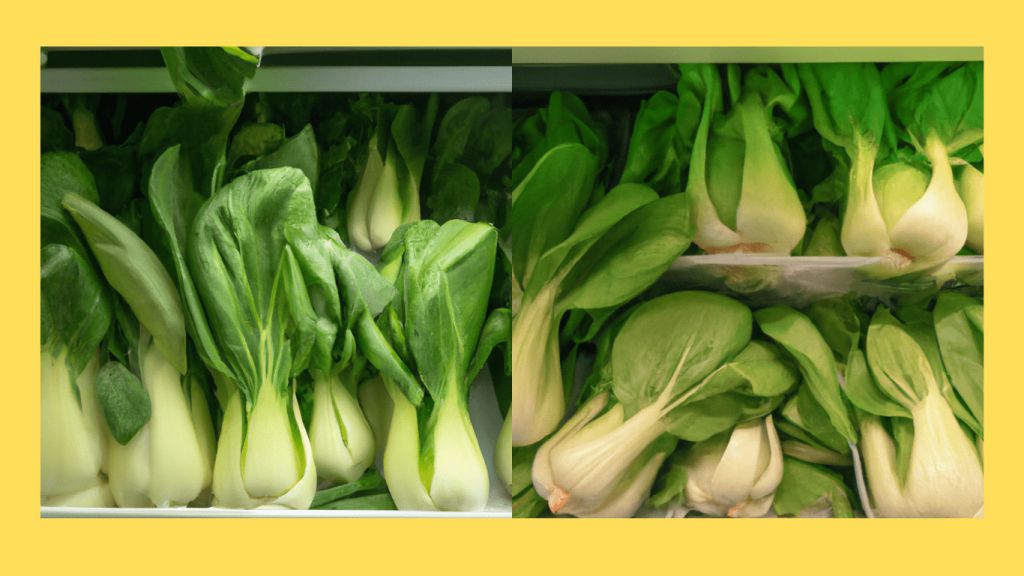
Freezing bok choy is a great way to extend its shelf life and ensure that you always have some on hand. To freeze bok choy, follow these steps:
1. Blanch the bok choy briefly in boiling water: Bring a pot of water to a boil and blanch the bok choy for 1-2 minutes. This will help to preserve the texture and color of the vegetable.
2. Drain and cool the bok choy: After blanching the bok choy, drain it and quickly cool it down in a bowl of ice water.
3. Place the bok choy in a freezer-safe container or bag and seal it: Once the bok choy has cooled, place it in a freezer-safe container or bag and seal it tightly. Make sure to remove as much air as possible from the container or bag.
Frozen bok choy can be stored for up to 6 months. When you’re ready to use it, simply thaw it in the refrigerator overnight and use it as you would fresh bok choy.
How to Tell If Bok Choy Has Gone Bad
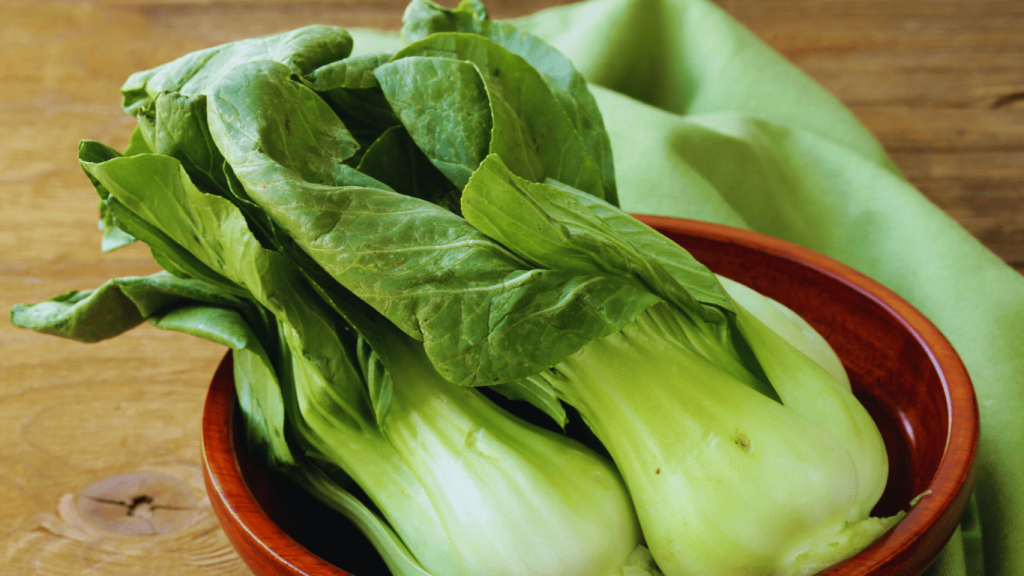
Bok choy that has gone bad will show several signs of spoilage. These include:
1. Wilting: The leaves of bok choy will start to wilt and become limp.
2. Discoloration: The leaves of bok choy may turn yellow or brown.
3. Foul odor: Bok choy that has gone bad will have a sour or unpleasant odor.
If you notice any of these signs, it’s best to discard the bok choy to avoid cross-contamination and foodborne illness.
Conclusion
Bok choy is a delicious and nutritious vegetable that is easy to store and prepare. By following these simple tips, you can extend the shelf life of bok choy and maintain its texture and flavor. Whether you’re using it in stir-fries, soups, or salads, bok choy is a versatile ingredient that adds flavor and nutrition to any meal. So why not try storing and cooking with bok choy at home today? Your taste buds and your body will thank you!


